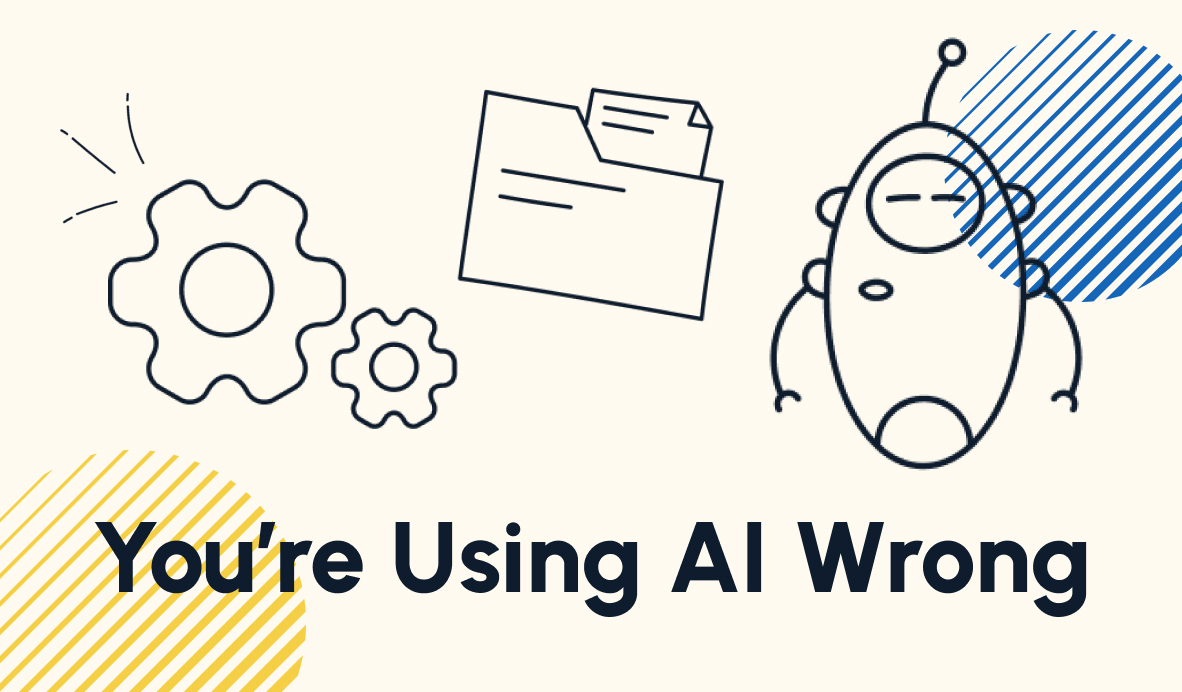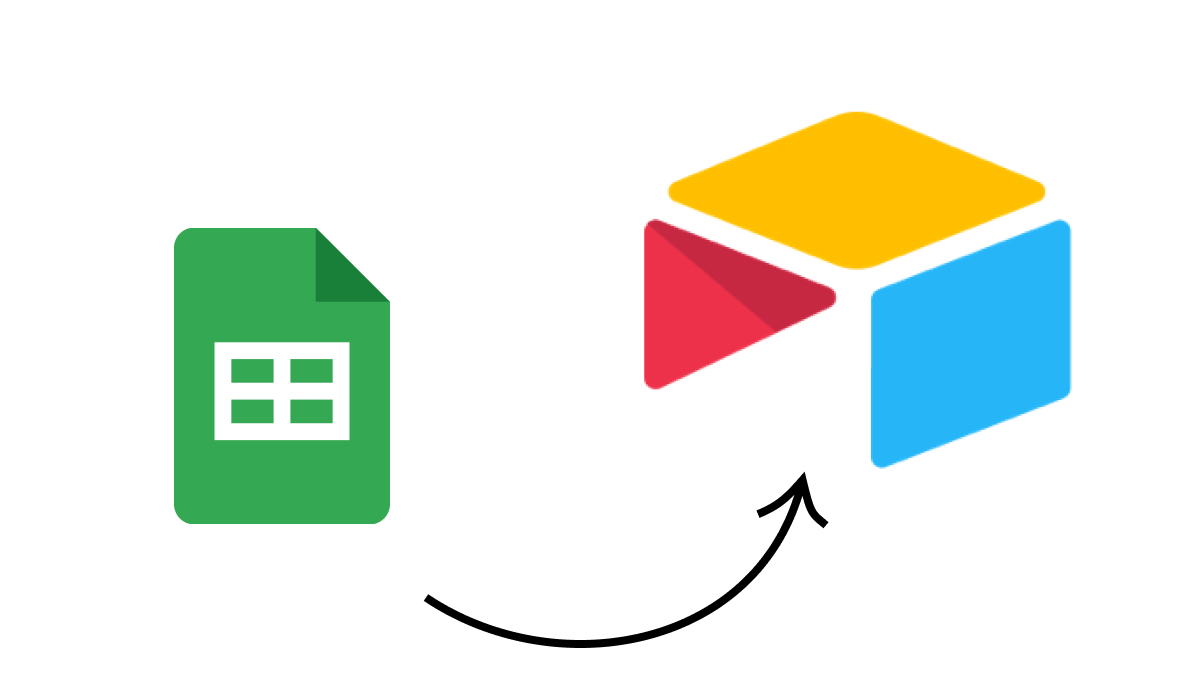What we expect to see in no-code/low-code automation in 2022
As we move past the start of the new year, we're seeing some key trends emerge in automation for 2022. In this post, we'll show what to expect from no-code automation this year.
February 16, 2022

No-code and low-code automation is growing fast, and each year brings new advances to the technology and new challenges for us to grapple with.
In this post, we’ll take a look at three of the trends that are going to define low-code automation in 2022. These trends will shape the way we build automations, what software we choose to use, and the people that get involved with automation in the first place.
Survey-driven Automations will become a popular solution
The first trend we’ll touch on is the rise of survey-driven automations.
If you’re not familiar with the term, a survey-driven automation is exactly what it sounds like: it’s an automation that runs whenever you fill out a specific survey. Once triggered, the automation can then use data from that survey to perform any automated action that you want.
For instance, you might build a client onboarding automation triggered with a survey. The form might include prompts for information like the client’s name, their project type, the project start date, the assigned project manager, etc.
Once you complete the designated form, the automation could then use the data you entered to execute a series of tasks. It could generate folders in Google Drive and channel in Slack with your client’s name; it could generate a project in Basecamp with to-dos; it could send calendar invites for weekly meetings, and more.
At XRay, we’re seeing survey-based automations becoming a popular choice among our team and our clients because survey triggers are a great way to stay in control of your automations. As the user of the automation, you can decide when it runs and what information goes into it.
For non-technical team members, the precise control afforded by surveys is an enormous advantage. Even without any specialized technical knowledge, they can easily understand how and when to trigger the automation, making it simple for them to take charge of the workflow.
With all of the benefits of survey-triggered automations, we expect them to become extremely popular this year. If you’d like to try building them yourselves, we’d recommend giving Airtable a shot for building your forms and databases. From there, you can try using apps like Slack, email, and Google Drive to create simple but useful automations.
SaaS Tools will focus on in-app automations
Our next trend isn’t one we’re excited about, but it’s definitely something that no-coders will have to deal with a lot in 2022.
As more and more people seek to automate their workflows, many SaaS tools are responding by creating in-app automations, rather than opening up their API to dedicated automation platforms like Zapier and Integromat.
You may have already seen the native automation features in apps like Slack, Quickbooks, Salesforce, Pipedrive, Hubspot, Mailchimp, and more.
Helpful automation widgets in popular software aren’t a bad thing on their own, but they often come at the expense of integrations for that software in Zapier or Integromat. For instance, you can make a poll in Slack with a simple keyboard command, but this feature isn’t available if you’re building a Slack automation in Zapier.
Ultimately, SaaS tools are adding automation directly to their apps because they see automation platforms like Zapier as an off-ramp for their users. After all, if a Zapier automation lets you view all of your aggregated lead data in a convenient Airtable base, you might not bother opening up Pipedrive very often.
For many workflows and use cases, the data a SaaS tool gathers is far more important than the app itself. But each SaaS developer naturally wants to make sure that you’re spending as much time in their app as possible, which is why they often prefer to support in-app automation tools rather than granting public access to those features through their API.
Whenever possible, we recommend using dedicated platforms like Zapier, Integromat, Unito, Coupler or others to build your automations. This will let you keep as many of your automations as possible in one spot, making it easier to track your automated activity and link your automations together for more productive workflows.
We can’t control what each developer decides to include in their API, but we can choose to build a more visible and scalable automated infrastructure anyway.
More people than ever will pick up automation as a second discipline
Lastly, let’s take a look at an awesome automation trend that really represents what XRay is all about.
We’re already seeing professionals from every background imaginable picking up no-code automation as a second discipline, and we’re certain that this trend is only going to continue to grow in 2022.
One of no-code automation’s greatest advantages is that it’s accessible to everyone. You don’t need to have any background in software development or coding to open up Zapier and start connecting your apps.
This year, we expect to see marketers, lawyers, accountants, HR reps, entrepreneurs and more start building automations to save time for themselves and for their team.
If you and your team decide to make 2022 your Year of Automation, we’ve got a tip to help keep things straight as you’re building: make a channel in Slack or Microsoft Teams called something like “Auto Updates”.
As you’re building your automations, add a step at the end that sends an alert to that channel whenever it runs, with a little context about what happened.
Simple messages like “We just received a question from a new lead!” will help to keep everyone aware of what your automations are doing, so they can add them to their workflows as well.
You can check out other tips and tutorials on our YouTube channel if you’re interested in learning more about automation, but you can also learn a lot by just opening up Zapier and trying things out. See what works and what doesn’t, and take it from there.
No-code is empowering everyone to build workflows that boost their productivity, regardless of their background or experience level. This year, we think that more people than ever will start automating, because the one thing we all value is time. So check out some tutorials and start building; it’s probably a lot easier than you think!
A bright future for automation in 2022
2022 is going to be a huge year for automation. Survey-driven automations are going to give people more control over their workflows; in-app automations and limited API access are, unfortunately, going to be a growing annoyance; and more people will pick up no-code automation as a secondary skillset, creating more time for themselves and their team as they build automated workflows.
If you’d like to learn more about automation, check out our blog or our YouTube channel. You can also follow XRay on Twitter, Facebook, or LinkedIn.

.png)
.png)
.png)








